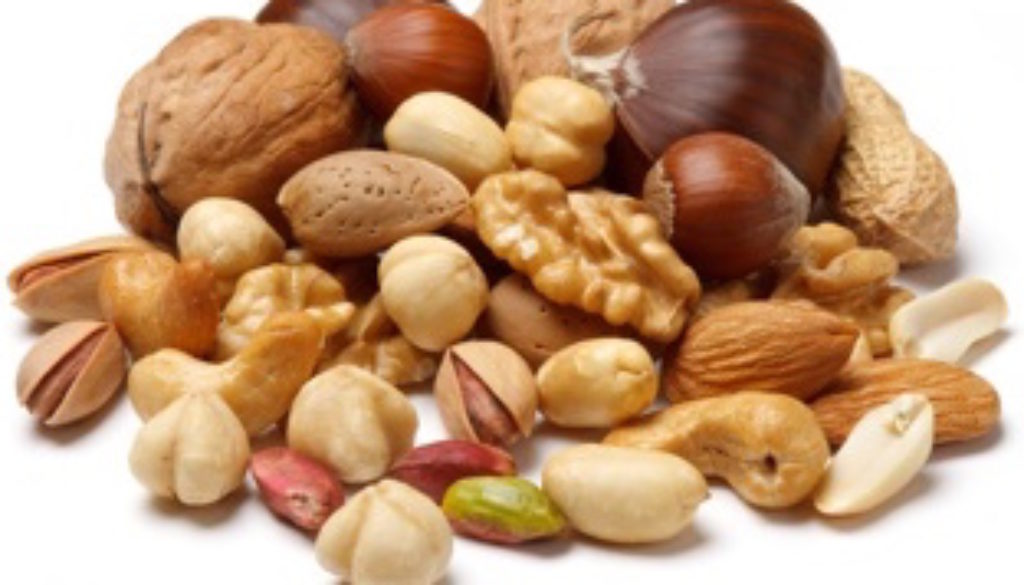The Role of Omega 6 Fatty Acid
The Role of Omega 6 Fatty Acid
When it comes to Omega 6, we need a lot more than Omega 3, and a healthy diet often reflects that. Here are some quick facts about Omega 6 to help you eat right and stay fit.
Welcome to part two of our look into Omega fatty acids. By now, you know that while fatty acids are necessary for human health and bodily function, the body does not make them naturally. That means that we must get fatty acids from food.
So What Is It?
Like Omega 3, Omega 6 is a category containing a few types of acid. LA, or linoleic acid, is an unsaturated Omega 6 fatty acid with an 18-carbon chain and a double bond (which classifies it as an Omega 6). GLA, or gamma-linoleic acid is very similar to LA, but differs slight in composition and is found on other food sources. Last, AA or arachidonic acid (the favorite sounding of the Omega 6 fatty acids) is a 20-carbon chain.
What Does It Do?
There are plenty of benefits to Omega 6, and some may surprise you. Those with diabetic neuropathy may see a reduction of symptoms over the course of 6 months when taking GLA. Some studies suggest that ADHD in children may be helped with taking both Omega 3 and Omega 6. A combination of GLA and the drug tamoxifen helps individuals suffering from breast cancer. In fact, some studies suggest that a diet rich in Omega 6 may inhibit breast cancer cells (though there is some research that also suggests it may promote the development of cancer, as well). Omega 6 is also believed to combat high blood pressure, relieve symptoms of PMS, and, in concordance with Omega 3, combat osteoporosis (bone loss).
What It Doesn’t Do
Some scientific studies have illustrated a reduction of the symptoms of rheumatoid arthritis with the addition of Omega 6 to the diet. However, the studies also illustrate that the fatty acid does not stop the progression of the disease.
One of the major things researchers have looked at is allergy symptoms and the Omega 6 fatty acids. Unfortunately, there is insignificant evidence that Omega 6 reduces allergy symptoms in spite of the fact that there is a long standing history of allergy sufferers taking in extra Omega 6.
How Much Do I Take?
Omega 6 is a major player in our diets, so it’s no wonder that we need between so much more than Omega 3 fatty acids. Daily intake for Omega 6 is between 7-16 grams per day depending on age and gender. However, since it’s such a prevalent part of our diets, we often times don’t need to take this as a supplement. In fact, there are potential side effects and interactions with other medications, so remember to talk to your doctor before starting a new Omega 6 regiment.
What’s It In?
There are several different foods that contain Omega 6, and it all depends on the specific type of chemical composition. LA is found in most seed and nut oils (corn, peanut, safflower, soybean, sunflower, and canola). In contrast to LA, AA is primarily focused in red meat, poultry, and eggs. GLA, meanwhile, is not really found in much of anything. Some vegetable oils contain a bit of GLA, and evening primrose oil is a good source.
Your Omega 6
With a balanced diet, there’s not a lot you need to worry about when it comes to getting this nutrient into your system. There are supplements available for this category of fatty acid, but more likely than not your use of seed and nut oils from cooking or a small portion of chicken or beef should be enough to keep you going. However, if you do want to take supplemental pills, check in with your doctor and nutritionist for more information.
Where does Omega 9 fit in your life?
Though it is not deemed an “essential” Fatty Acid, that does not mean it doesn’t play a role in your life. You can read all about The Role of Omega 9 Here in our third part of our look into Fatty Acids.
If you found this information helpful or insightful, please do me a favor and share this with your friends. If you have any questions or comments I would love to hear them, please email me at: info@johncollierfitness.com.



